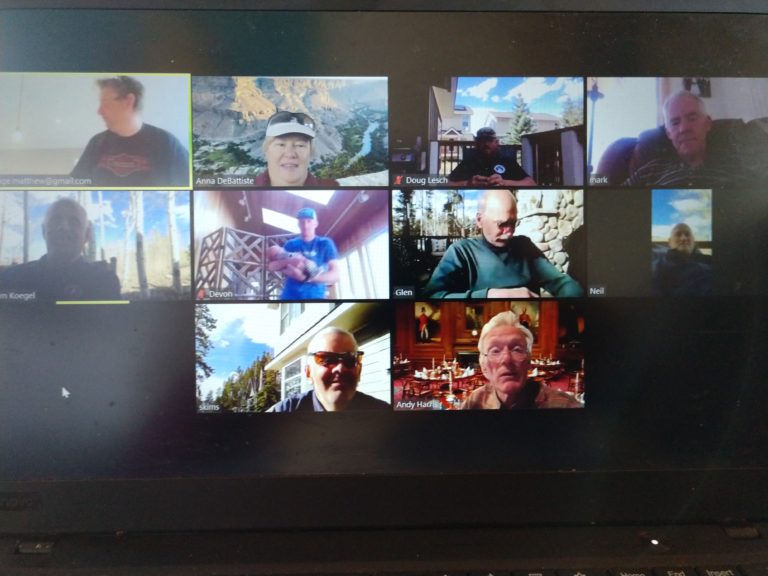I’m re-reading Jim Collins’ classic Good to Great this week, after many years. I’m struck by how much clearer the concept of Level 5 leadership is to me now than it was ten years ago.
First, a refresher for those who haven’t read the book recently. Collins and his team of researchers studied a group of companies whose stock market performance shot them rapidly into a category far above the general market and their competitors. At first they tried to ignore senior leadership as a factor but eventually they found they couldn’t. What the great companies had was a leader Collins termed “Level 5”—one who “blends extreme personal humility with intense professional will,” and who is a “study in duality: modest and willful, humble and fearless.” The Level 4 leader, by contrast, is the memorable, larger-than-life, charismatic leader we all like to talk about, the one who paints a stimulating picture of a compelling vision and inspires everyone to take performance up to the highest levels. Both leaders share a ferocious drive to make the organizational successful, but the difference is in how they perceive their own role in that success. The problem with Level 4 leadership is that the company’s performance decreases drastically when the leader leaves because everything depends on him.
What really distinguishes that Level 5 leader, therefore, is the focus on others as the source of greatness. At Level 4, leadership is driven by ego, by the perception of one’s own greatness. At Level 5, it’s about finding greatness in others and putting the right team together, including one’s own successor. Rather than being the “genius with a thousand helpers,” these leaders create a team that can maintain greatness without them. Collins’ best example is the Wells Fargo executive team in the 1980s, a “whiz kid” team from which five members later went on to become CEOs of major companies.
And so we come to one of my favorite openings for a team building class: “Team building is leadership, and leadership is team building.” Recruit and develop a team on which everyone has the capacity to be a leader, and you will have a truly high performing team. Recruit one strong leader and give her a team of subordinate helpers, and you will have a team that only performs when the leader is orchestrating the performance. It also stands to reason that only a Level 5 leader can truly create a high performing team. A Level 4 leader might inherit one, but the ego factor makes it unlikely that she can do what needs to be done in order to maintain it: give credit where it’s due, and sit down at the table to take on a participative role rather than a directive one.
The question, the challenge, is whether you can teach humility. You can certainly demonstrate the importance of it, and inspire someone to imitate the behaviors. Will that raise a Level 4 leader to Level 5? Or will ego eventually fight its way back into the sun?

Comments are closed.